#henriette anne stuart
Text

A mythological portrait of King Louis XIV and the French royal family by French painter Jean Nocret.
#king louis xiv#philippe duke of orleans#henriette anne stuart#anne marie louise of orleans#queen henrietta maria#anne of austria#maria theresa of spain#louis grand dauphin#marie therese madame royale#philippe charles duke of anjou#marguerite louise of orleans#elisabeth marguerite of orleans#francoise madeleine of orleans#royal painting#art
14 notes
·
View notes
Link
Among the descendants of Mary Stuart who seem to mirror her tragic destiny is her great-granddaughter, Henrietta Anne of England (1644- 1670), the youngest daughter of King Charles I and Queen Henrietta Maria. On her mother's side, she was the granddaughter of the great Henri IV, first of the Bourbon monarchs of France. When Henrietta Anne was a young child, her father was beheaded and his kingdom lost. The little princess was taken to the French court where she was raised a Catholic by her mother. It was hoped that the king, her cousin Louis XIV, would make her his queen.
0 notes
Text
“I think there was some intent behind Charlotte because of the Princess Royal pattern (as I pointed out yesterday) but I’m not sure how much intent there was. We know that Kate is a great student of history/history of art so she absolutely would have picked up on the Princess Royal pattern, the same way she understood the significance of George for a heir.”
There is no Princess royal pattern unless you mean the number of royal ladies, married or blood born, with the name Charlotte.
Princess Royal title came into the UK monarchy with the restoration when having spent many years at the French court, the restored Charles 2 copied the French tradition of having the eldest daughter of the Monarch given that title. The French equivalent was/ is Madame Royale.
To that end, we’ve only had 7 Princess Royals and all have different names:
Princess Mary Henriette Stuart (b. 1642)
Princess Anne, Princess of Orange (b. 1734)
Princess Charlotte Augusta Matilda (b. 1766)
Princess Victoria Adelaide Mary Louise (b. 1840)
Princess Louise Victoria Alexandre Dagmar (b. 1867)
Princess Mary Alexandra Alice Mary ( b. 1897)
Princess Anne Elizabeth Alice Louise (b. 1950)
If you are going to speak to royal names within the UK monarchy that have significance and are used more often and for much longer by the royals then you’d pick William, Mary, Margaret, Henry, Richard, Catherine ( whichever spelling K or C) and Edward.
Some names were so commonly used that it was inevitable that royals would eventually be given the names eg Richard and Elizabeth.
Charlotte, Caroline, George and Louis came in with the Hanoverians in 1714 when Georg Ludwig, anglicised to George Louis became the first Hanoverian King of England. All 4 are German names or in origin, and were not a thing until the Hanoverians.
The habit of keeping the same names in the family came in with the Hanoverians, but it wasn’t cemented until Victoria became Queen and mandated all her future descendants incorporate Albert or Victoria into their names to keep them alive. That request was broken for those generations born after her death though we are seeing a mini revival with Elizabeth.
********************
You’ve missed the point of the Princess Royal pattern entirely, despite writing it out.
Princess Mary Henriette Stuart (b. 1642)
Princess Anne, Princess of Orange (b. 1734)
Princess Charlotte Augusta Matilda (b. 1766)
Princess Victoria Adelaide Mary Louise (b. 1840)
Princess Louise Victoria Alexandre Dagmar (b. 1867)
Princess Mary Alexandra Alice Mary ( b. 1897)
Princess Anne Elizabeth Alice Louise (b. 1950)
Princess Charlotte Elizabeth Diana (b. 2015, assumed)
I can’t tell if you’re being deliberately obtuse or if you’re so focused on historical precedence that this is legitimately going over your head. It feels like you’re trolling me and I don’t care for it.
17 notes
·
View notes
Note
omg wait so apparently George did sa someone?? what was his ‘relationship’ to Anne? I’m honestly curious if the show is going to include this. In all seriousness though, I don’t think they would. A lot of people have already seen George as just a victim (which in a sense yes because his mother groomed him to use his looks and seduce people to gain power and the fact that the king is 2x his age) but he also doesn’t come off across as completely innocent compared to everyone even though he might not. Im hoping people realize that this show isn’t exactly about ‘romance’ and ship George with people that he’s seducing because I’ve already seen many people just looking forward to mostly the sex part of the story. It also makes sense that they might not include the fact that George attempted to sa Anne in the show because Nicholas is playing him and will make us feel more sympathetic towards George and make King James out to be the bad guy. Honestly it’s kind of sad if they did do that (hopefully not) because the King seems like he’s been through so many traumatic experiences and add on to the fact that he’s insecure about his appearance, has several disabilities (from what I heard), and was desperate to be loved.
I hope I’m not asking to many questions! I’m just really intrigued about it:)
-✨
I don't think they'll show for a simple reason: it happened after the Season Finale.
the last episode is titled "war" and it's implied that the war is the Thirty Years' War, who started in 1618 and involved in his first phase Elizabeth Stuart, james's daughter.
The Amiens night happened in 1616 so... it's difficoult to show it, like the spanish escapade.
George&Anne, so...
They met each other in 1622, during tyhe spanish escapade when george and Charles, at time prince of Wales, travelled to Madrid via France. He found her very beautiful and he wrote to James "if the Infanta is beautiful as his sister we will have a beaitufil queen".
Then they see when george arrived in paris to escort Henriette Anne to London and the flirt, innocent for her, not so inncent for him. She even said "he's the the only man that I can love" but it was a courtley love for her.
The in Amiens he succed to talk with her, alone, thanks to Anne's friend the dutchess of Chevreuse, and... it happened. He tried to kiss her, she refused, he couldn't understand why, he belived " a no is a yes" 'cause no one in over 10 years had dare say no to him, so he continued.
She refused, she fell and he was on top of her, pants down and trying to lift her skirt when her ladies in witing and her butler, found them.
the next day he tried to apologise but the queen mother Marie de'Medici ordred that her daughter had to leave immediatley and never be alone with hime, she and Anne returned to Paris the same day
George was a victim and a culprint too, and this episode really showed that. H was a victim 'cause for 10 years he was spiled by the court, by the prince of wales and by the king so he never heard a no, and he was a culprit 'cause he tried to rape a queen 'cause he cannot understand why a woman could reject him
#mary & george#mary and george#george villiers#queen anne of austria#anne of austria#james i#james vi#james vi and i
4 notes
·
View notes
Text
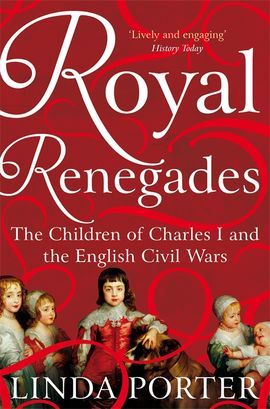
Charles I, son of James VI and I and Anne of Denmark, married Henrietta Maria of France in 1625 and together they had nine children. The first was stillborn, while the second was to become Charles II in 1660, following the rule, primarily, of the Lord Protector, Oliver Cromwell. The third child was a daughter, Mary, Princess Royal, who married William II, Prince of Orange, and the fourth was to become James II of England, the last Catholic King of England. He was deposed in the Glorious Revolution of 1688, which I think I'm right in saying was led by his niece and nephew, Mary and William. Of the remaining children, Elizabeth, Anne, Catherine, Henry Stuart, the Duke of Gloucester, and Henriette Anne, none survived beyond the age of 26.
Notes garnered from the publisher's synopsis and advertising blurbs:
The English Civil War led to the execution of King Charles I in January 1649. He was, even his wife and key advisers conceded, lacking in the essential strength that a ruler required, in turbulent times. But even Charles's enemies were moved by his loving devotion as a father. Sadly, his failure as a king inevitably impacted their lives.
The Restoration of the crown to his eldest son as Charles II occurred eleven years later.
Henrietta Maria was an unpopular but indefatigable Catholic queen.
Their family life was calm and loving until it was shattered by civil war.
Elizabeth and Henry were used as pawns in the parliamentary campaign against their father. [How/in what way?]
Mary, the Princess Royal, was whisked away to the Netherlands as the child bride of the Prince of Orange. ADD LINK TO PREVIOUS POST. [Their son was to become William of Orange, who married his cousin, Mary, daughter of James II. Together they led the Glorious Revolution of 1688 and ruled as Mary II and Wiliam III].
[Presumably during the era of the Protectorate,] Henriette Anne's formidable governess escaped with her, the king's youngest child, to France where she grew up under her mother's thumb and eventually married the cruel and flamboyant Philippe d'Orleans.
When the "dark and ugly" brother Charles eventually succeeded his father to the English throne after fourteen years of wandering [the crown was restored eleven years after his father's execution, so why had he been in exile for fourteen years???], he promptly enacted a vengeful punishment on those who had spurned his family, with his brother James firmly in his shadow.
The book charts the fascinating story of the children of loving parents who could not protect them from the consequences of their own failings as monarchs and the forces of upheaval sweeping England.
SEE PREVIOUS BLOG POST LINK HERE WILL CHECK LATER
0 notes
Text
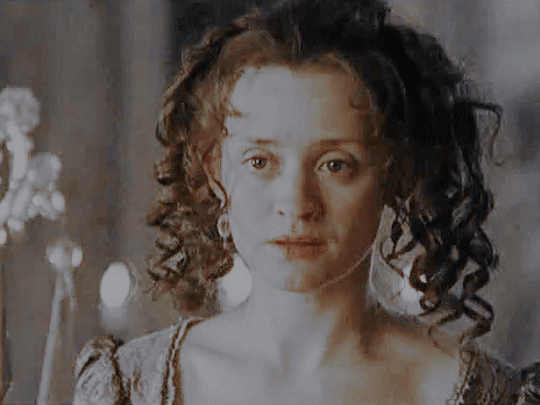

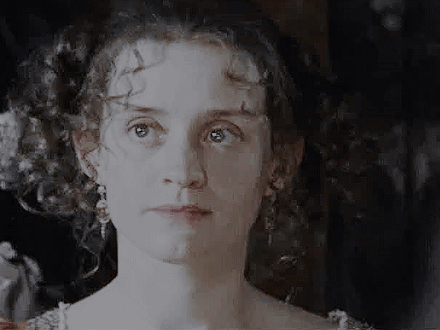



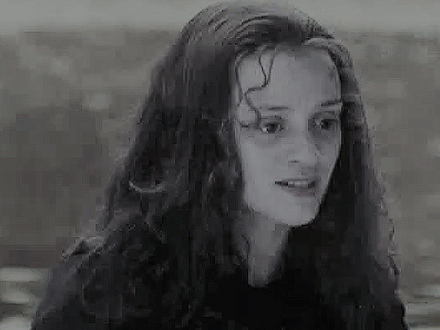

Princess Henrietta was born on 16 June 1644, on the eve of the Second Battle of Newbury during the Civil War, at Bedford House in Exeter. Her father was King Charles I of England, her mother the youngest daughter of Henry IV of France and Marie de' Medici.
#perioddramaedit#historyedit#charles ii the power and the passion#the last king#henrietta of england#henriette-anne stuart#house of stuart#mine#mine: ch2#anne marie duff
86 notes
·
View notes
Text
Louise Renée de Penancoët de Kéroualle, Duchess of Portsmouth and Aubigny, and Mistress of King Charles II of England
Louise Renée de Penancoët de Kéroualle, Duchess of Portsmouth and Aubigny, and Mistress of King Charles II of England
Portrait of Louise de Keroualle, Duchess of Portsmouth by Henri Gascar
“I should do my self wrong if I told you better than all the world besides, for that were making comparison where ‘tis impossible to express the true passion and kindness I have for my dearest fubs.” (Charles’ nickname for Louise was ‘fubs’). (Source: Duchess of Portsmouth’s MSS, Goodwood MS 3)
According to an existing…
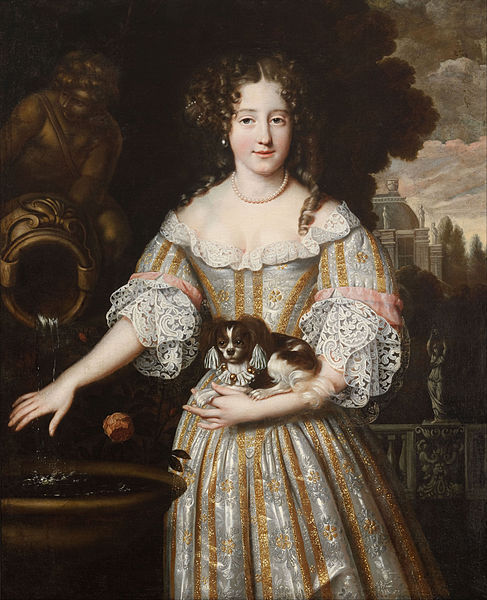
View On WordPress
#Catherine of Braganza#Charles II#Charles Lennox#Charles Stuart#Duchess of Orléans#Duchess of Portsmouth and Aubigny#Duke of Lennox#Duke of Richmond#Henriette-Anne#James Duke of York#James II#King of England#King of France#Louis XIV#Louise Renée de Penancoët de Kéroualle#Nell Gwyn#Queen of England#Restoration England#Stuart history#William III
8 notes
·
View notes
Photo
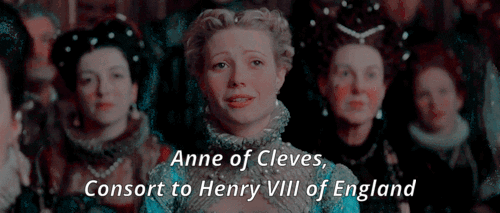
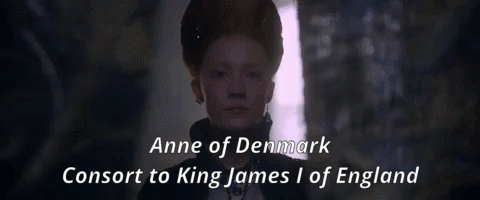


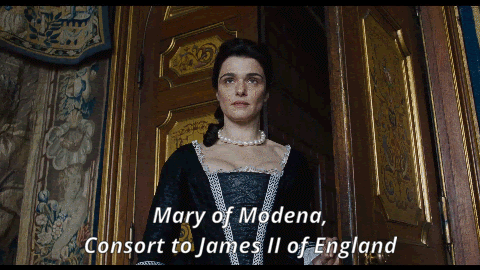
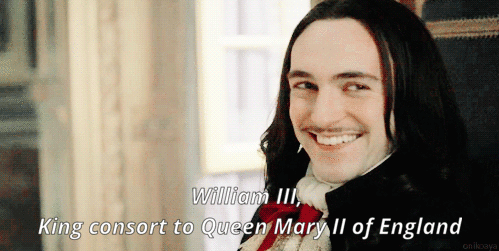
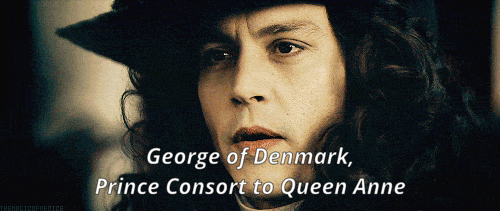
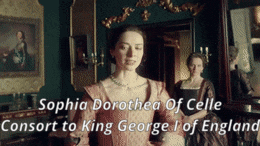
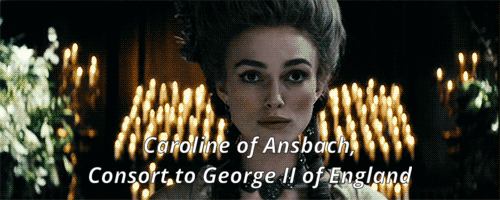
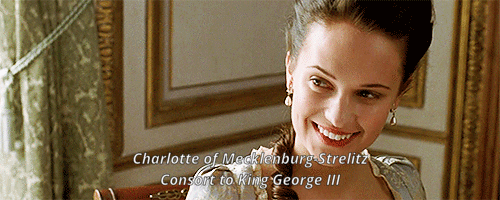
Fᴏʀᴇɪɢɴ ᴄᴏɴsᴏʀᴛs ᴛᴏ ᴛʜᴇ ᴋɪɴɢs ᴏғ Eɴɢʟᴀɴᴅ [part III]
#gwyneth paltrow#anne of cleves#saoirse ronan#anne of denmark#henriette marie#catherine of braganza#rachel weisz#mary of modena#william III#johnny depp#george of denmark#sophia dorothea of celle#keira knightley#caroline of ansbach#alicia vikander#queen charlotte#edit#stuarts#hannover#hanover
70 notes
·
View notes
Quote
During the winter, their residence was at St. James’ Palace, a magnificent Tudor edifice built by Henry VIII, according to a sixteenth century Spanish diplomat, as a home for his own children. Its interior decoration was exuberant: ‘Painted and gilded fleur-de-lys, sunbursts, white harts, daggers, portcullises and the famous thornbush from which Henry VII plucked his crown on Bosworth Field’ were among its riot of visual display. Summers were frequently passed at Richmond which was further out from London and considered healthier. Nor were the Stuart children without playmates. Brought up with them were the two sons of the assassinated Duke of Buckingham, the second Duke, named George after his father, and his younger brother, Lord Francis Villiers. The King believed that he owed his friend the education of these handsome, lovely boys within his own family and the Duchess, who had married again and converted to Catholicism, was not allowed to keep her children with her when she moved to Ireland with her second husband.
There would also be visits to Whitehall and to Hampton Court when the court moved there for recreation, or to escape the diseases of the warmer months. Charles and Henrietta Maria were, in comparison with earlier monarchs, affectionate and attentive parents but it is easy to sentimentalize their relationship with their children. This was not a modern family, living under one roof. The King and Queen had their own roles to play in national life and they viewed their offspring within the wider context of their obligation and expectations. Still, they came to visit regularly, walking with them in the orchards of St. James’ and inspecting their educational progress. The elder children were brought to court on state occasions to learn what was expected of them in such circumstances. Despite his distant public persona, Charles I was almost most relaxed with his wife and children. Though he had not enjoyed the more carefree upbringing of Henrietta, he seems to have demonstrated greater outward affection towards his children than she did. A small man himself, he kept a record of their heights as they grew, on an oaken staff at the Palace of Oaklands. And they were always delighted to see him, rushing to greet him, for example, when he returned from Scotland in 1638.
about the childhood of the children of King Charles I of England and Queen Henrietta Maria.
Royal Renegades: The Children of Charles I and the English Civil Wars // Linda Porter
The children of Charles and Henrietta were: Charles II; James II; Princess Mary of Orange; Princess Elizabeth; Prince Henry, Duke of Gloucester; Princess Anne*;and Princess Henriette-Anne, Duchesse d'Orleans*.
* Princess Anne died of tuberculosis when she was a toddler, and Henriette-Anne was born in Exeter during the height of the English Civil War and spent a very brief period in England as a young baby before moving into exile in France with her mother where she would remain for most of her life, so she did not experience the halcyon days described above.
#this book is so good#charles i#henrietta maria of france#charles ii#james ii#mary princess of orange#henry duke of gloucester#princess elizabeth stuart#princess anne of england#henriette-anne of england#henriette d'angleterre#house of stuart
32 notes
·
View notes
Photo


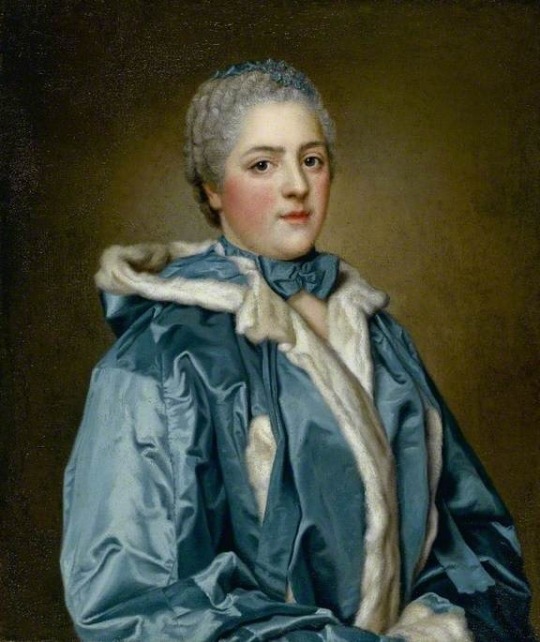
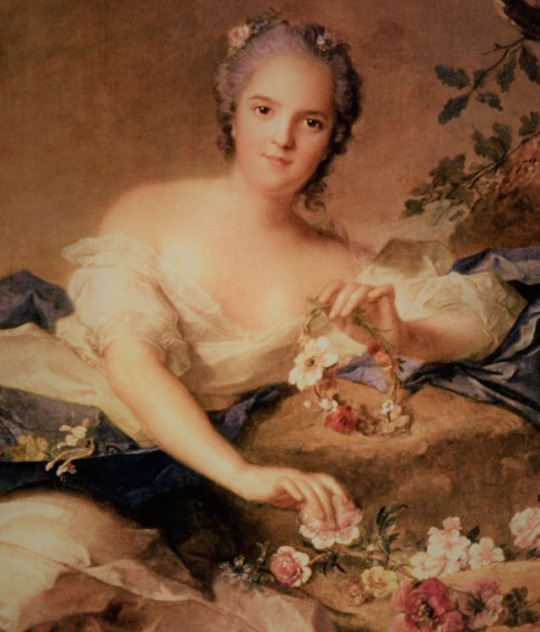

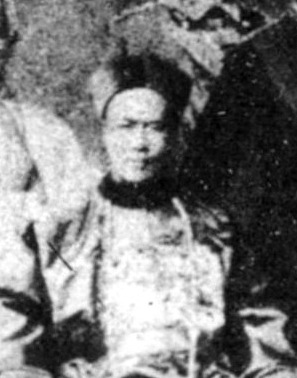
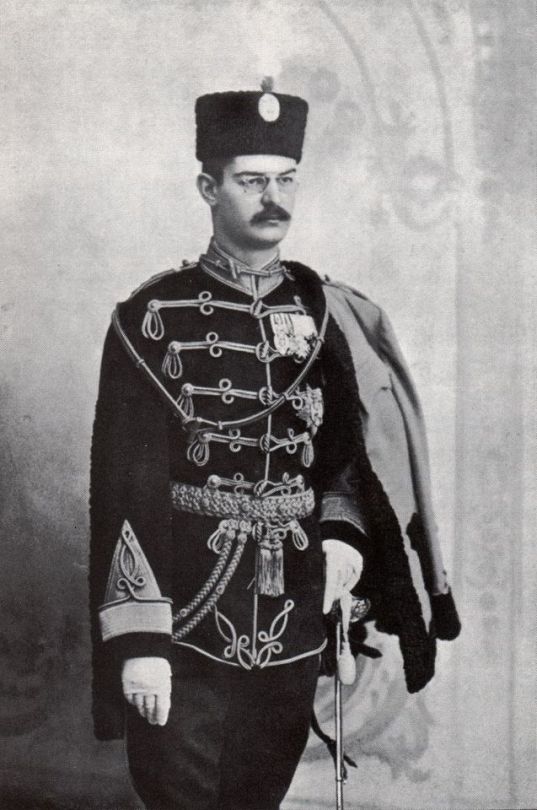
Royal Birthdays for today, August 14th:
Hanazono, Emperor of Japan, 1297
Catherine of York, Countess of Devon, 1479
Louise Élisabeth de France, Duchess of Parma, 1727
Anne Henriette de France, French Princess, 1727
Alexander Leopold, Archduke of Austria, 1772
Guangxu Emperor, Emperor of China, 1871
Alexander I, King of Serbia, 1876
#alexander i#elizabeth stuart#catherine of york#louise elisabeth de france#anne henriette de france#emperor hanazono#archduke alexander leopold#guangxu emperor#long live the queue#royal birthdays
15 notes
·
View notes
Text
The Beautiful Vagabond Palatine Princesses…
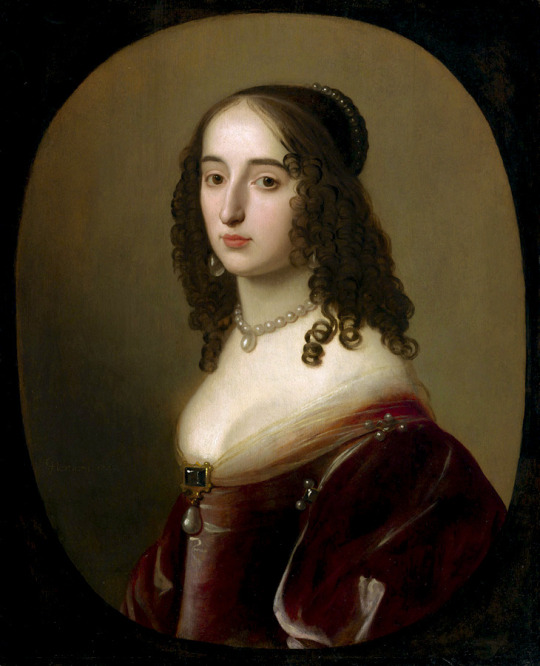
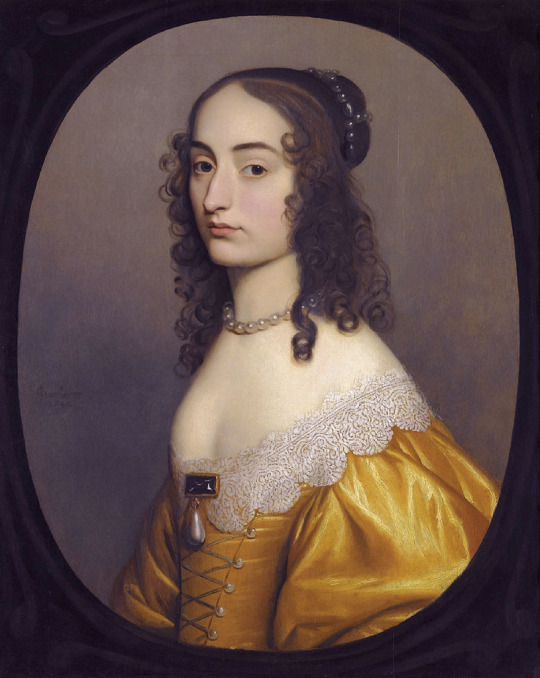


These beautiful Palatine princesses were the daughters of Elizabeth Stuart, Queen of Bohemia (1596-1662). They were:
Princess Elisabeth of the Palatinate (1618-1680). A gifted philosopher, she corresponded with many intellectuals including Descartes. She was nicknamed the Greek by her siblings due to being gifted in classical languages. In her 40s, she entered the Lutheran convent at Herford in what is now Germany and eventually became an abbess.
Princess Louise Hollandine of the Palatinate (1622-1709). Like her older brother Rupert, she was a very talented artist and was a student of the Dutch artist Gerard van Honthorst. In late 1657, she fled from Holland to France, eventually converting into Catholicism and becoming a nun. She eventually became an abbess in the Cistercian Maubuisson Abbey. Her mother was so infuriated with her conversion that Louise didn’t receive anything from her mother’s will.
Princess Henriette Marie of the Palatinate (1626-1651). She was named after her French-born aunt Queen Henrietta Maria of England. Unfortunately, not much is know about her except she wasn’t as gifted as her siblings and she was sickly. In April 1651, she married Sigismund Rakoczi, the brother of the Prince of Transylvania. She sadly died five months later (and her husband followed her to the grave a few months later).
Princess Sophia of the Palatinate, later Electress of Hanover (1630-1714). She is the ancestress of the current British royal family. She was a patron of the arts, a very gifted writer and highly intelligent. In 1658, she married Ernest August, Duke of Brunswick-Luneburg and had seven children including King George I of Great Britain. She was nearly close on becoming Queen of Great Britain herself, but died two months before Queen Anne of Great Britain.
20 notes
·
View notes
Text
JAMES FITZJAMES
1st Duke of Berwick
(born 1670 - died 1734)
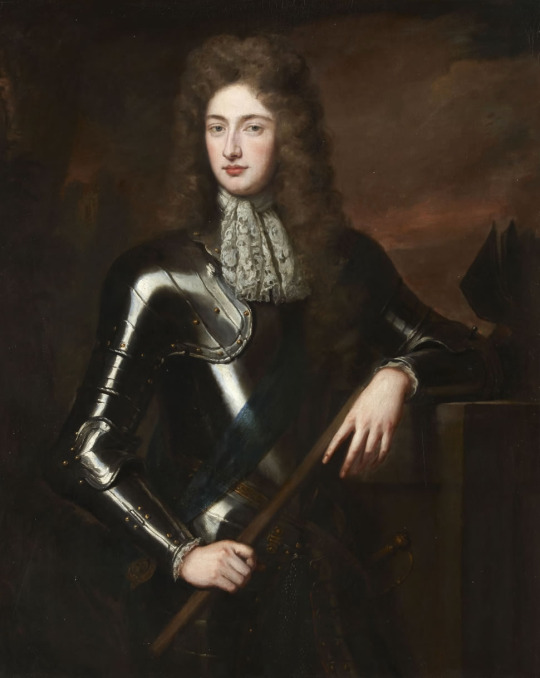
pictured above is a portrait of the Duke of Berwick, by Benedetto Gennari II from the 17th century
-------------------- ~ -------------------- ~ --------------------
SERIES - On this day August Edition: James was born on 21 August 1670.
-------------------- ~ -------------------- ~ --------------------
JAMES was born on 21 August 1670, at the town of Moulins in France. He was the eldest illegitimate son of James, Duke of York and his mistress Arabella Churchill, and thus was from an illegitimate line of the HOUSE OF STUART. He was named JAMES FITZJAMES, meaning James son of James.
Raised and educated in France, he only moved to England after his father acceeded as James II, King of England (and as James VII, King of Scots) in 1685.
By 1687 his father created him DUKE OF BERWICK, EARL OF TINMOUTH and BARON BOSWORTH, and he was also made a KNIGHT OF THE ORDER OF THE GARTER.
However his father's reign lasted less than three years, before he was deposed in 1688 by the Glourious Revolution. After which he accompanied his father and stepmother, his father's second wife Princess Maria of Modena to their exile in France.
Over the next years as his father tried to recover the throne, he fought in the Jacobite Irish Army at the Irish campaign of 1689.
After the Jacobites many defeats he left for France again, alongside his father. There he joined the French Army entering the service of his cousin Louis XIV, King of France.
At his father's Parisian Court he married the widow Lady HONORA in 1695 and had one son. She was from Irish nobility, the youngest daughter of William Burke, 7th Earl of Clanricarde and Helen MacCarty. With her late husband Patrick Sarsfield, 1st Earl of Lucan, one of the leaders of the Irish Jacobite Army, she already had another son.
Around 1695 the English Parliament removed his titles from the English Peerage, to do his support for his father's cause, so they became part of the unofficial Jacobite Peerage and were later recognized in France but never again in England.
In 1698 his first wife died and in 1770 he married again, to another of his father's courtiers, a certain ANNE. She was the youngest daughter of Henry Bulkeley and Sophia Stewart, a very distant relative of his father. With his second wife he had thirteen children.
During his early service in the French Army he was a premier general in the Spanish War of Succession, achieving many victories against the Habsburgs in favor of Felipe V, King of Spain.
By 1706 he became a French subject and was made a MARSHAL OF FRANCE by the King Louis XIV. The next year King Felipe V recognized the title of DUKE OF BERWICK as a Grandee of Spain and created him as DUKE OF LIRIA AND JÉRICA. In 1710 he was also created DUKE OF FITZ-JAMES in France.
The Duke of Berwick fought on the War of the Spanish Succession until the end and was later assigned to fight on the War of the Polish Succession, dying aged 63, at the Siege of Philippsburg in 1734, being decapitated by a cannonball.
-------------------- ~ -------------------- ~ --------------------
JAMES and his first wife HONORA had one child...
James Fitz-James Stuart, 2nd Duke of Berwick - husband of Catalina Ventura Colón of Portugal and Ayala-Toledo.
And with his second wife ANNE he had thirtheen children...
Jacques of Fitz-James, 2nd Duke of Fitz-James - husband of Vitória Felicite of Durfort;
Henriette of Fitz-James - wife of Jean-Baptiste-Louis, Marquis of Reynel;
François of Fitz-James, 3rd Duke of Fitz-James - a bishop;
Laure-Anne of Fitz-James - wife of Joachim-Louis of Montagu, Marquis of Bouzols;
Henri of Fitz-James - unmarried;
Charles of Fitz-James, 4th Duke of Fitz-James - husband of Victoire Goyon of Matignon;
Marie-Émilie of Fitz-James - wife of François-Marie of Pérusse, Marquis of Escars;
Édouard of Fitz-James - unmarried;
Anne-Sophie of Fitz-James - a nun;
an unknown son;
another unknown son;
another unknown son; and
an unknown daughter.
-------------------- ~ -------------------- ~ --------------------
James, his only son from his first marriage succeeded on his Spanish titles as 2nd Duke of Berwick, Liria and Jérica. This son founded the Fitz-James Stuart family in Spain, that in the late 18th century merged to family of the Dukes of Alba.
While Jacques, his eldest son from his second marriage, succeeded as 2nd Duke of Fitz-James in France. This son founded the Fitz-James family in France but died childless and would be succeeded by two brothers as Dukes of FitzJames. This branch of his family became extinct at the death of the 10th Duke of Fitz-James in 1967.
#james fitzjames#duke of berwick#house of stuart#stuart#house of fitz james#fitz james stuart#illegitimate#english royals#royals#royalty#monarchies#monarchy#royal history#english history#european history#world history#history#history lover#17th century#18th century#spanish succession#french court#versailles#louis xiv#charles ii#james ii#glorious revolution#jacobite#jacobites#history with laura
37 notes
·
View notes
Link
#links#bios#henriette d'angleterre#henriette anne d'orléans#stuart#bourbon#orléans#philippe d'orléans#charles i#charles ii#henrietta maria#17th century#english history#english civil war#english restoration#scottish history#french history#fronde#louis xiv#orleans#philippe d'orleans#blogs i love#the freelance hstory writer#queue
0 notes
Text
Thoughts on Anne of Austria? (I wouldn't mind reading a long answer) Thanks :)
(sorry I pushed post too early)
So Anne of Austria is like the one Regent I can actually say knew what she was doing. She got her head in the game her main objectives being the preservation of her son King Louis, the dismantling of the thought of Philippe as a threat to Louis's reign (therefore saving his life), keeping France together & making sure the alliances stood strong.
She handled the first extremely well considering the motherfuckery that was the Fronde. I doubt anybody could have dealt with the nobility better & she likely kept Louis sharp as a tack with dealing with the nobility
By imposing a more effeminate manner over Philippe (or nurturing his already feminine side) she saved him from plotting nobles and keeping him alive because he could not be presented as a viable contestant for the throne (and he was still the only Bourbon wroth knowing, a true icon)
She kept the Spanish alliances going, marrying Louis to Marie Therese & kept the alliance with England strong by sheltering the Stuarts & wedding Philippe to Henriette, effectively strengthening France as whole.
People want to remember Anne of Austria as the poor childbride who married a likely asexual monarch or a bawdy Regent who kept lovers or the doting mother figure but in truth, she was probably one of France's strongest rulers.
40 notes
·
View notes
Photo
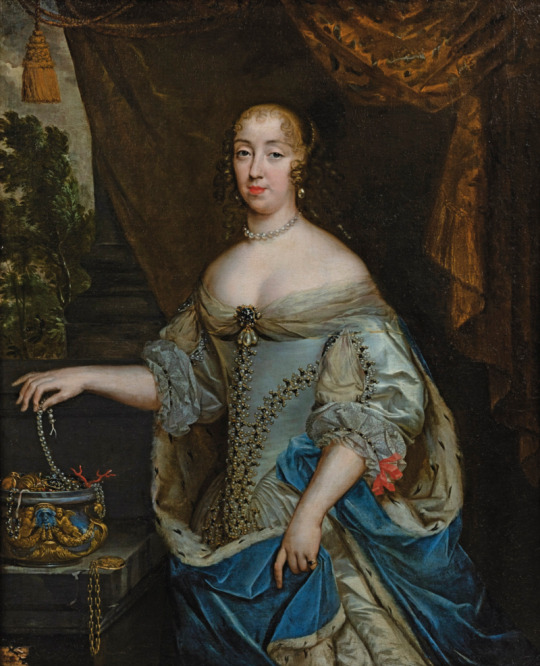
Henrietta of England (16 June 1644 – 30 June 1670) was the youngest daughter of King Charles I of England, Scotland and Ireland and Henrietta Maria of France.
Fleeing England with her mother and governess at the age of three, Henriette moved to the court of her first cousin, King Louis XIV of France, where she was known as Minette. She married her other cousin Philippe I, Duke of Orléans and became known Fils de France, but their relationship was marked by frequent tensions over common suitors. Very clever, Henrietta was instrumental in negotiating the Secret Treaty of Dover against the Dutch Republic in June 1670, the same month as her unexpected death. Jacobite claims to the British throne following Henry Benedict Stuart's death descend from her daughter Anne Marie, Queen of Sardinia.
21 notes
·
View notes
Text
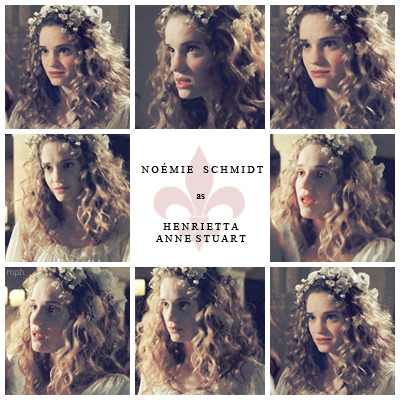
Noémie Schmidt as Henrietta Anne Stuart in Versailles, season 2, episode 7.
#my edit#versailles edit#versaillestv#versailles tv#noemie schmidt#Henrietta Anne Stuart#henriette#henriette of england#henriette d'angleterre#henriette d'orleans
89 notes
·
View notes